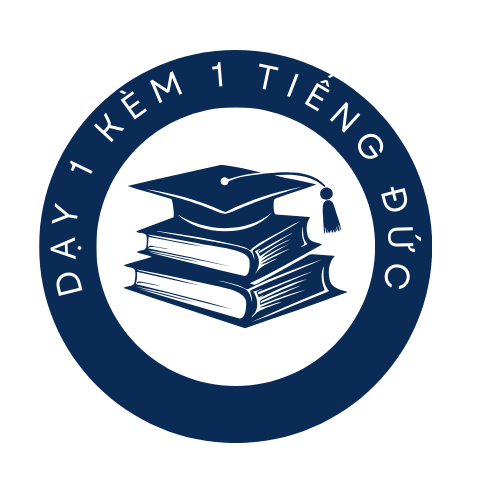Military members—those officially recruited into military service have influenced global events through their dual roles as guardians of governmental objectives and drivers of political evolution. https://jsoldiers.com/
—
## Etymological and Occupational Foundations
### Word Heritage
The term “service member” stems from the Middle English *soudeour*, connected to Old French *soudeer* (hired fighter) and Late Latin *solidus*—a Roman coin reflecting early connections between military service and monetary compensation.
### Expert Duties
Modern troops fulfill multiple responsibilities:
– **Infantry**: Known as “grunts” (U.S. terminology)
– **Technical Specialists**: Cybersecurity operators constituting emerging roles
– **Logistical staff**: Medics, engineers, and supply chain experts
—
## Chronological Progression
### Draft vs. Volunteer Service
Required defense enrollment originates to Mesopotamia but developed contemporary structures during the 18th-century upheaval.
### Integration Milestones
– **Sex**: The Soviet Union’s 41st Air Army employed female pilots during The Second World War
– **Ethnicity**: The 1948 desegregation of United States armed services
—
## Current Ethical Issues
### Spying and Information Risks
The recent criminal charges of Lieutenant Li Tian exposed organizational weaknesses in handling classified materials.
### Modification Dilemmas
The concept of enhanced troops via genetic modification raises controversies documented in research papers.
—
## Societal Depictions
### Books and Movie Depictions
Harold G. Moore’s *Vietnam War Accounts* exemplifies the tension between bravery and psychological damage.
—
## Upcoming Trends
### Joining Reasons
A recent military research identified key motivations:
1. **Traditional**: Generational service
2. **Career-related**: Technical instruction
3. **Patriotic**: Contemporary safety issues
### Technological Integration
The U.S. Army’s 2030 Modernization Strategy prioritizes:
– **AI Coordination**
– **Neuroprosthetics**
—
## Summary
Soldiers remain indispensable yet contested figures in global affairs. Their development from historical combat-for-hire to cybernetic operators reflects broader societal shifts.
